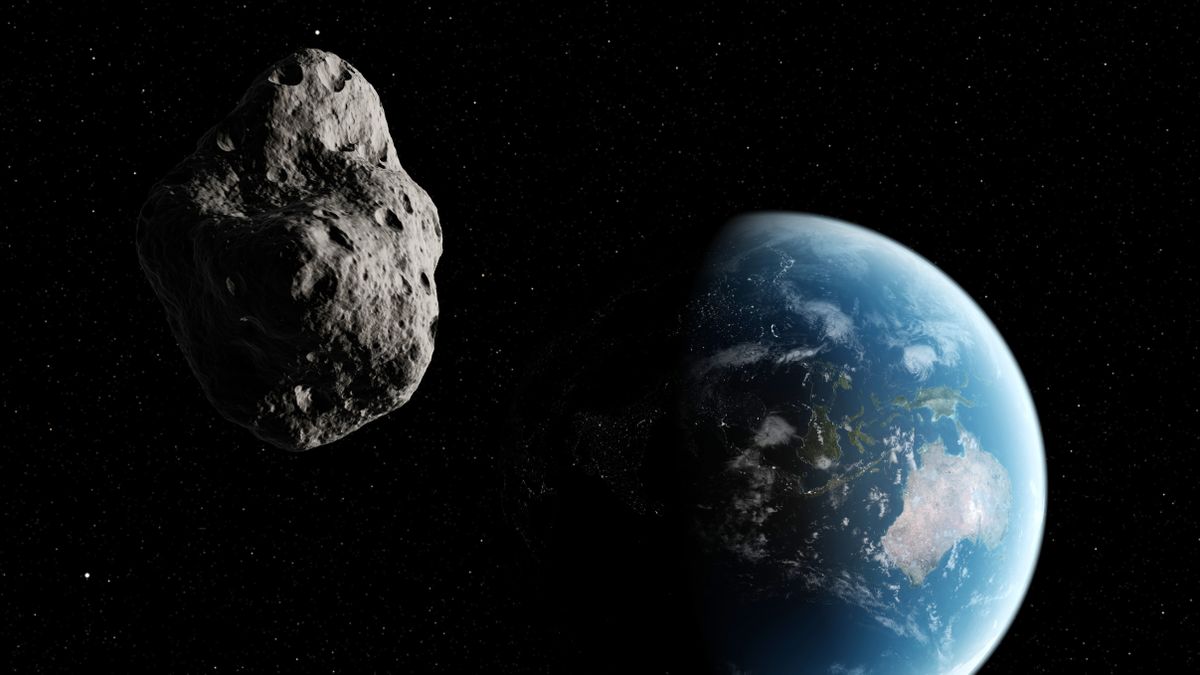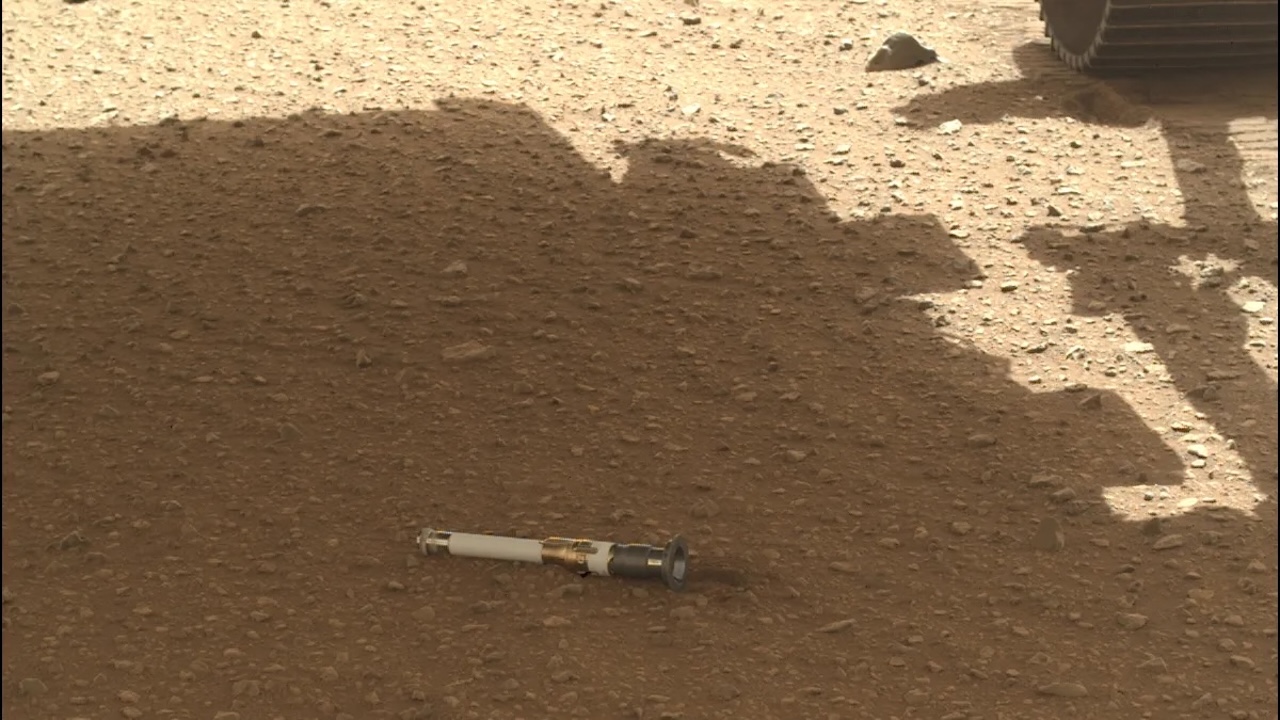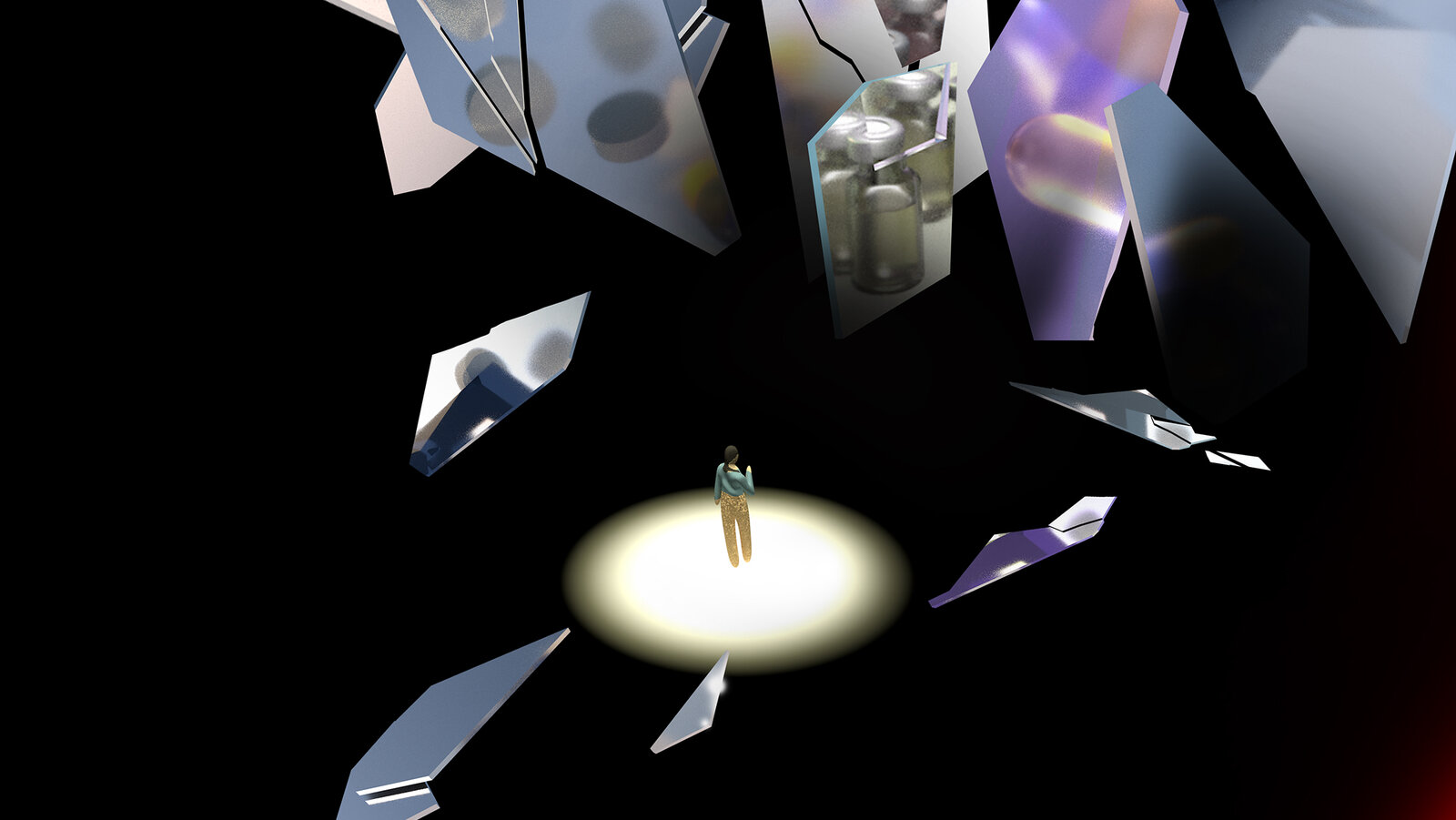Cosmic Threat Looms: Massive 'City-Killer' Asteroid Inches Closer to Earth's Doorstep
Science
2025-02-18 18:06:57Content

Asteroid 2024 YR4: NASA Raises Potential Earth Impact Risk
In a recent update that has caught the attention of astronomers and space enthusiasts worldwide, NASA has revised its assessment of asteroid 2024 YR4's potential collision course with Earth. The space agency has increased the probability of impact in 2032, escalating the risk from a previous calculation of 1 in 42 to a more concerning 1 in 32 - translating to approximately a 3.1% chance of a potential Earth encounter.
This updated risk assessment highlights the ongoing challenges of tracking and predicting near-Earth objects. While the percentage might seem relatively low, it represents a significant increase in the asteroid's potential threat level. Scientists continue to monitor the asteroid's trajectory closely, using advanced tracking technologies and computational models to refine their predictions.
The revised calculation underscores the importance of continued asteroid surveillance and planetary defense strategies. Researchers remain committed to understanding and potentially mitigating any future risks posed by celestial objects that could pose a threat to our planet.
Cosmic Collision Course: NASA Warns of Potential Asteroid Impact in 2032
In the vast expanse of our solar system, a celestial drama is unfolding that could have profound implications for our planet. Scientists at NASA have been meticulously tracking a potentially hazardous asteroid, bringing humanity face to face with the unpredictable nature of cosmic threats that lurk in the darkness of space.Unprecedented Threat: When Space Rocks Become a Global Concern
The Asteroid's Alarming Trajectory
The asteroid designated 2024 YR4 has become a focal point of intense scientific scrutiny, with NASA's latest calculations revealing a dramatically increased probability of Earth impact. Unlike previous assessments that suggested a more remote chance of collision, the current data paints a more alarming picture. Astronomers have refined their predictive models, utilizing advanced tracking technologies and sophisticated orbital calculations to map the asteroid's potential path. Sophisticated computer simulations now indicate a 3.1% chance of impact, a significant escalation from earlier projections. This seemingly small percentage translates to a substantial risk when considering the catastrophic potential of a large celestial body colliding with our planet. The asteroid's size, velocity, and current trajectory have raised serious concerns among planetary defense experts.Technological Surveillance and Tracking
NASA's planetary defense network has been working tirelessly to monitor the asteroid's movement. Advanced telescopes and tracking systems around the globe are continuously collecting data, providing researchers with unprecedented insights into the object's behavior. The precision of modern astronomical instruments allows scientists to calculate potential impact scenarios with remarkable accuracy. The tracking process involves multiple observatories and international collaboration, creating a comprehensive monitoring system that leaves no stone unturned. Each observation helps refine the understanding of the asteroid's orbital characteristics, potential deviation points, and the likelihood of a direct collision with Earth.Potential Consequences and Mitigation Strategies
The prospect of an asteroid impact triggers immediate questions about potential consequences and humanity's preparedness. Scientists are exploring various mitigation strategies, ranging from gravitational deflection techniques to more aggressive intervention methods. The 2024 YR4 scenario serves as a critical test case for planetary defense protocols developed over recent decades. Researchers are conducting extensive simulations to understand the potential impact zone, energy release, and environmental consequences. The asteroid's composition, size, and velocity will play crucial roles in determining the extent of potential damage. Preliminary studies suggest that even a relatively small asteroid could cause significant regional or global disruptions.Global Scientific Collaboration
This unprecedented threat has catalyzed an extraordinary level of international scientific cooperation. Space agencies from around the world are sharing data, resources, and expertise to develop comprehensive response strategies. The asteroid tracking represents more than a scientific challenge – it's a testament to humanity's collective ability to confront existential threats. Interdisciplinary teams of astronomers, physicists, geologists, and planetary defense specialists are working around the clock to understand and potentially mitigate the risk. The collaborative effort highlights the importance of global scientific unity in facing cosmic challenges that transcend national boundaries.Technological Innovation and Planetary Defense
The 2024 YR4 scenario is driving unprecedented technological innovation in planetary defense mechanisms. Research institutions are accelerating development of advanced early warning systems, deflection technologies, and predictive modeling techniques. Each breakthrough brings humanity closer to effectively managing potential cosmic threats. Cutting-edge technologies such as ion beam deflection, gravitational tractor methods, and kinetic impactors are being rigorously studied and refined. These potential solutions represent humanity's most sophisticated attempts to protect our planet from extraterrestrial dangers.RELATED NEWS

Seismic Breakthrough: How Wave Science Could Save Lives Before the Ground Shakes

Science Under Siege: Top Researchers Sound Alarm on Academic Intimidation






